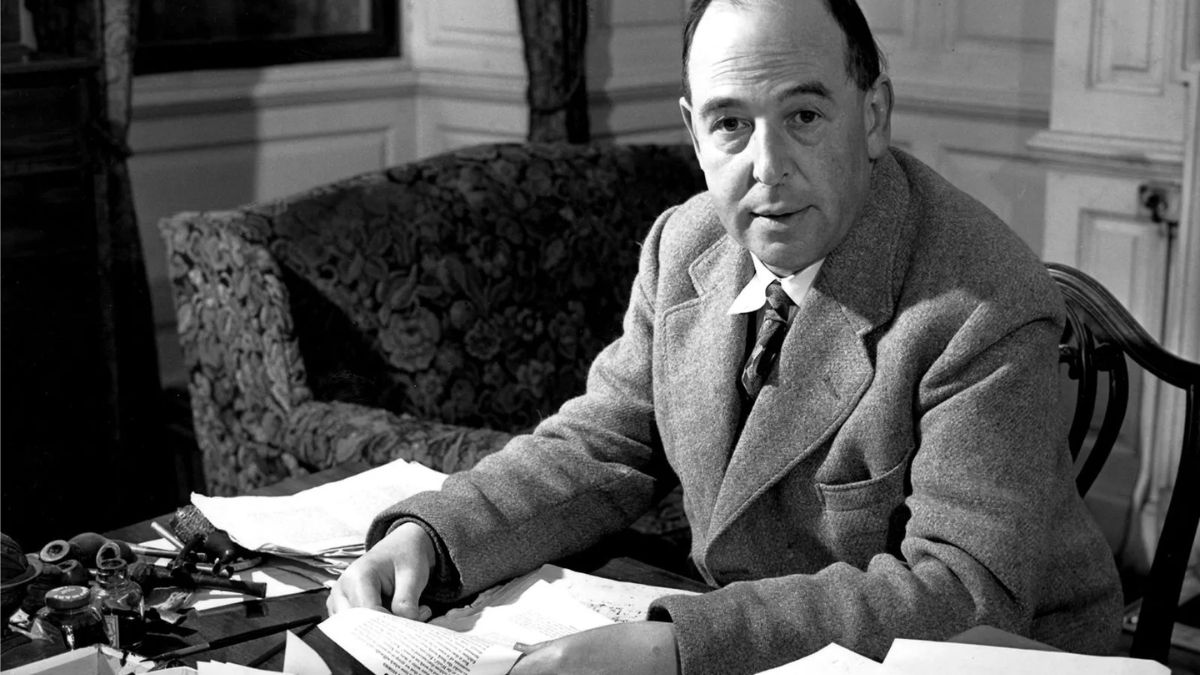

BreakPoint
Madness in the Streets
Sheila seemed to have it all. She was young, beautiful, a graduate of Vassar, with a coveted job at The New Yorker magazine. But then something went wrong. Sheila started muttering that her apartment was bugged, that there was poison in the water. Within months, she had completely lost touch with reality. What happened next is a tragic example of what often happens to the mentally ill in modern America. Sheila moved home with her family. But soon she was more than her family could handle. Her parents tried repeatedly to commit her to a mental hospital so she could get round-the-clock help. But Sheila refused to stay. And, under current laws, the mentally ill can't be held involuntarily, even when they are clearly psychotic. So Sheila took to wandering the streets. A few months later, they found her body in an alley here in Washington, D.C. In her disoriented state, Sheila had been easy prey for criminals. Her body was mutilated beyond recognition. The story is told in a book called Madness in the Streets, which explains why the mentally ill have been pushed out of hospitals and onto the streets. The reason was not primarily economic, as many people think, but ideological. The trend began in the 1960s, when mental illness became a civil liberties issue. It became fashionable to deny the very existence of mental illness. You see, young radicals at the time were experimenting with psychedelic drugs, like LSD--and discovering that they could reproduce many of the symptoms of schizophrenia: hallucinations and intense color perceptions. They decided schizophrenia wasn't an illness; it was just a different way of perceiving reality. Soon the mentally ill were portrayed as just another oppressed group--like blacks, gays, and women. Psychiatrist Thomas Szasz wrote his influential book The Myth of Mental Illness. Civil libertarians began to champion the absolute right of everyone, sane or insane, to live by their own perceptions of reality. The American Civil Liberties Union pressed the point home with several lawsuits. In response, hospitals began a process of de-institutionalization. They discharged patients by the tens of thousands. But many of these former patients couldn't cook a meal or wash their own clothes. Many were too disoriented even to live with their families. Like Sheila, they ended up on the streets. Today, 30 to 40 percent of America's homeless are mentally incapacitated. Let's be clear about what happened here. This vast increase in the homeless population had nothing to do with a decrease in available housing. It had nothing to do with Americans being heartless to the plight of the poor. What it stemmed from was a radically anti-Christian world view--a relativism that said all perceptions of reality are equally valid. As Christians we should be the first to offer programs to help the homeless--shelters and soup kitchens. But we should also take this as an opportunity to show people the practical outworking of the relativistic world view dominating American life today. To argue that ideas do have consequences. Nowhere is this more obvious than in the field of mental health--where a false view of truth has doomed thousands of people to a life on the streets.
08/21/92















